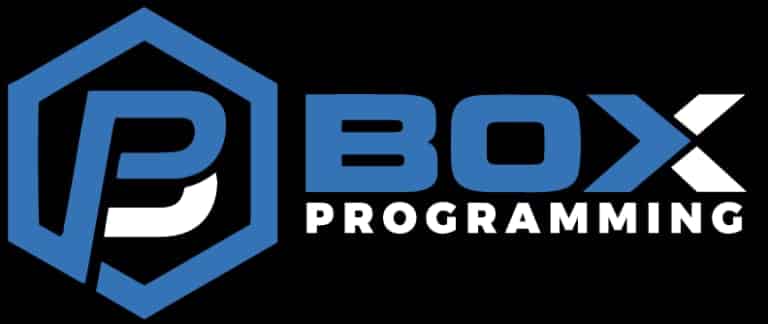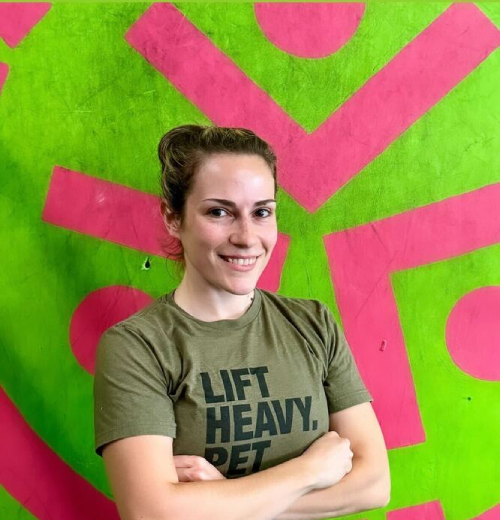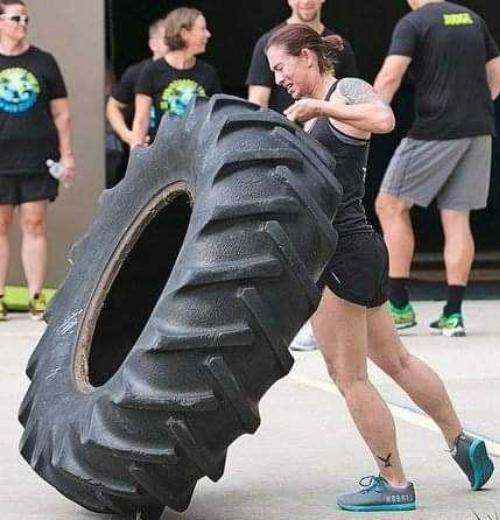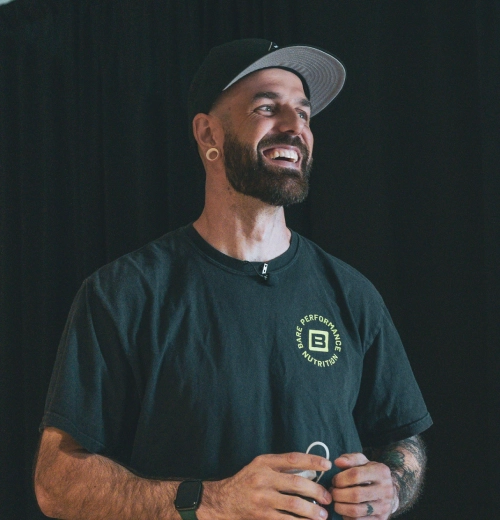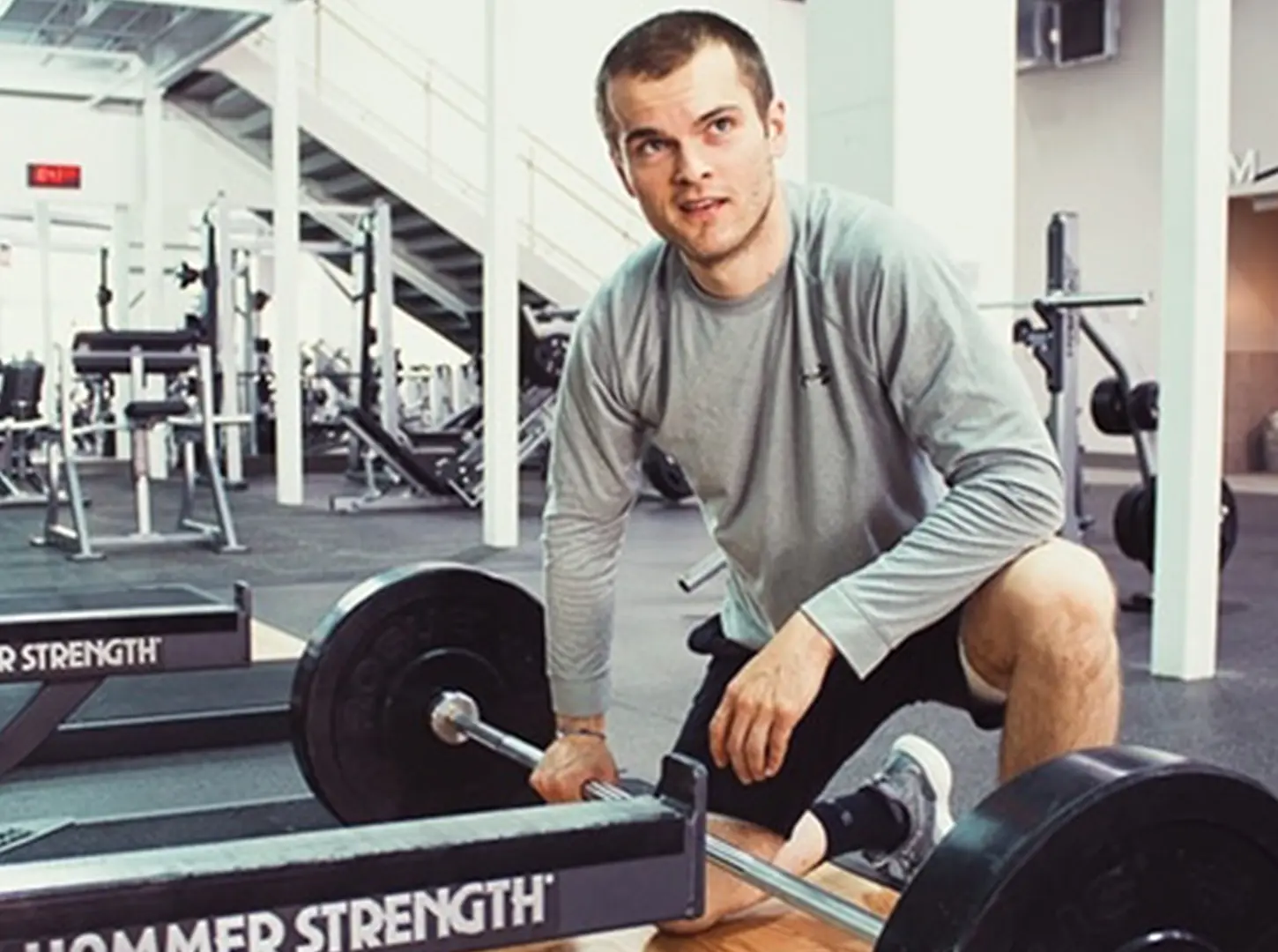Let’s take a moment to talk about different reasons for wanting to include sit-ups in our training, and some cool alternatives!
Reason 1: “I want to lose my belly fat”
Unfortunately, it’s impossible to spot reduce fat in any one specific area of the body. In fact, if you do a ton of sit-ups and get a serious pump in your abs, it will actually distend the abdomen (and whatever visceral fat is on top of it), even further. The best way to lose stubborn belly fat (besides changiing diet), is to work the largest muscles in the body, that require the most calories to repair themselves, IE quads, hamstrings, and glutes. Working these muscles has the additional benefit of releasing more testosterone into the body and helping us burn fat more efficiently. Win-Win!
Reason 2: “I have back pain and I need to train my core to support my spine”
While this CAN be true for some people, for most people it’s an even worse idea. Here’s why; if you are seated for long periods of time, your hip flexors can actually shorten. That doesn’t necessarily mean they are weak, just that they are tight. Now if I had a ton of reps on an already tight muscle, it tightens even further. This can lead to (more) anterior pelvic tilt (AKA duck butt), which puts the spine in an even more extended position, and results in MORE back pain. Check out the video below at 2:00 and at 4:00 to see these two easy tests you can do to determine if the hip flexors are tight, or weak.
Reason 3: “I need to train my core for ____”
While sit-ups and other repetition based flexion exercises like toes to bar, GHD sit-ups etc can have their place in a good training program, there are a lot of other much more functional and useful ways to train the core. For starters, the most basic being simply picking something heavy up and carrying it. This becomes even more challenging when we shift the load to one side of the body (unilateral). Being able to resist rotation is one of the MOST functional pieces of core training we can do for sport and life in general. The better your anti-rotational core strength is, the lower your chances of injury become.
The deadlift, squat, lunge etc are all excellent ways to develop a strong core, but you want to be careful with doing a ton of squats if your hip flexors are already wound up really tight, since squats work the hip flexors too. You can add a unilateral component to these (and many other movements) as well, for even more benefit IE Single Arm Dumbbell Front Squat. You can also play with this idea by doing planks with one arm raised, or one leg raised etc. Lots of fun ideas!
These variations might not give you sore abs where it hurts to laugh the next day, but rest assured they are still making you stronger and better, and if done correctly won’t make your tight hips tighter, your back hurt more, or your stomach stick out 🙂




